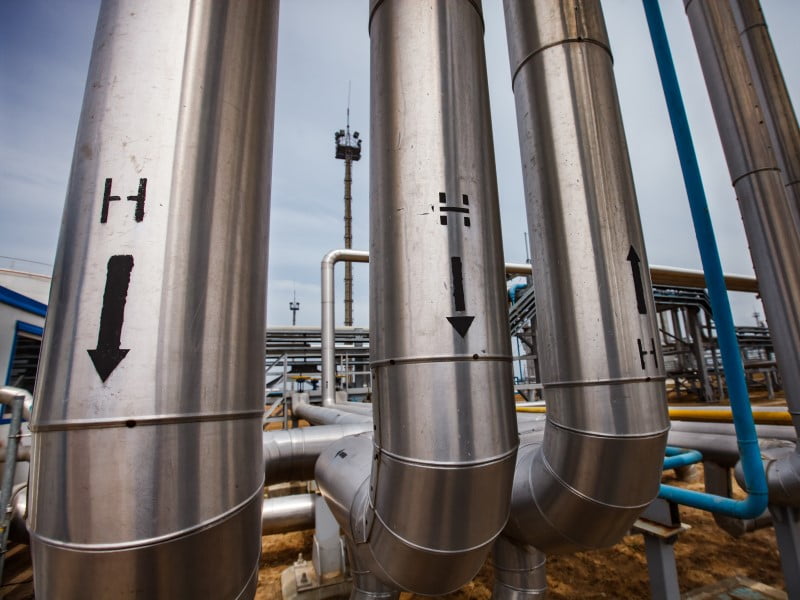A new report by Construction Skills Queensland has found that developing the state’s renewables industry to 2050, with its emphasis on hydrogen, will drive huge new demand for engineering and construction workers.
Using CSIRO modelling commissioned by Construction Skills Queensland (CSQ), by 2050 there could be an increase of up to 26,700 construction jobs if the state is to reach net zero as well as have a large export supply. The state’s construction workforce currently has 80,000 workers.
Infrastructure supporting the hydrogen industry alone could account for between 43 per cent to 69 per cent of the jobs demand. The rollout of new generation capacity will account for around two thirds of construction jobs. More than one in five workers in the renewable construction workforce will be highly skilled trades and technicians. For the hydrogen industry the proportion could be as high as 30 per cent.

CSIRO modelled three potential scenarios, an export-led renewables sector, a domestic-led renewables sector, and a combined export and domestic sector. In the export plus domestic scenario, average capital expenditure on renewables per year to 2050 is expected to be $13.9 billion. The full report can be accessed here.
The Queensland state government wants to transform the state into a global renewable energy superpower. National hydrogen exports will be worth $1.7 billion annually by 2030, according to the Queensland Hydrogen Industry Strategy 2019-2024. The export + domestic scenario “broadly corresponds to the policy ambition
of the Queensland Government and many clean energy advocates”, according to the report.
Hydrogen projects currently make up 8 per cent, or $5.7 billion, of the $73.4 billion renewable projects pipeline to 2025. Solar and wind farms account for 81 per cent of the pipeline at $36.4 billion and $22.6 billion respectively. Renewables manufacturing facilities, including hydrogen electrolyser facilities and lithium battery hubs, account for $3.5 billion, while hydroelectric projects will account for $4 billion.
Regional areas will also account for more than half of the renewables labour demand in Queensland between 2021 and 2050. Overall, the renewables transition expands the state’s engineering construction capacity by 34 to 70 per cent from its current value of about $20 billion per annum.
It is targeting a 50 per cent emissions reduction target by 2030, or a 30 per cent emissions reduction below 2005 levels. The CSQ report compares the scale of Queensland’s renewables challenge as being asked to “sprint a marathon”.
By 2050, Queensland is expected to have an energy mix comprised of 70 per cent of renewable electricity and 30 per cent from other renewables, such as green hydrogen. To reach this target, the state’s renewable capacity will need to reach 196GW, up from its current capacity of 3.8GW.
In the model, green hydrogen production accounts for 95 per cent of the sector in the domestic-led and export + domestic scenarios. Blue hydrogen is taken to be the dominant production method in the export-led scenario, making up 58 per cent of the sector.
CSQ chief executive Brett Schimming said in a foreword to the report that filling these construction jobs is a significant challenge.
“The biggest challenge in delivering the boom could be the scale of the construction workforce required. Now is the time to start thinking strategically about the long-term impact this future could have on labour and skilled trade provision. Then we can plan with eyes wide open to meet the challenge,” Mr Schimming said.
“A grid capacity up to 12 times larger than the early 2020s is needed by 2050 according to our higher end estimates. This astronomical scale-up is because renewable power is critical to both decarbonise our domestic electricity network and produce clean forms of hydrogen, whether for use onshore or shipping overseas.”
Among the renewable projects under development in Queensland, Fortescue Future Industries is building the world’s largest electrolyser production facility at Gladstone. It is expected to produce its first electrolyser in early 2023.
Do you know more? Contact James Riley via Email.

